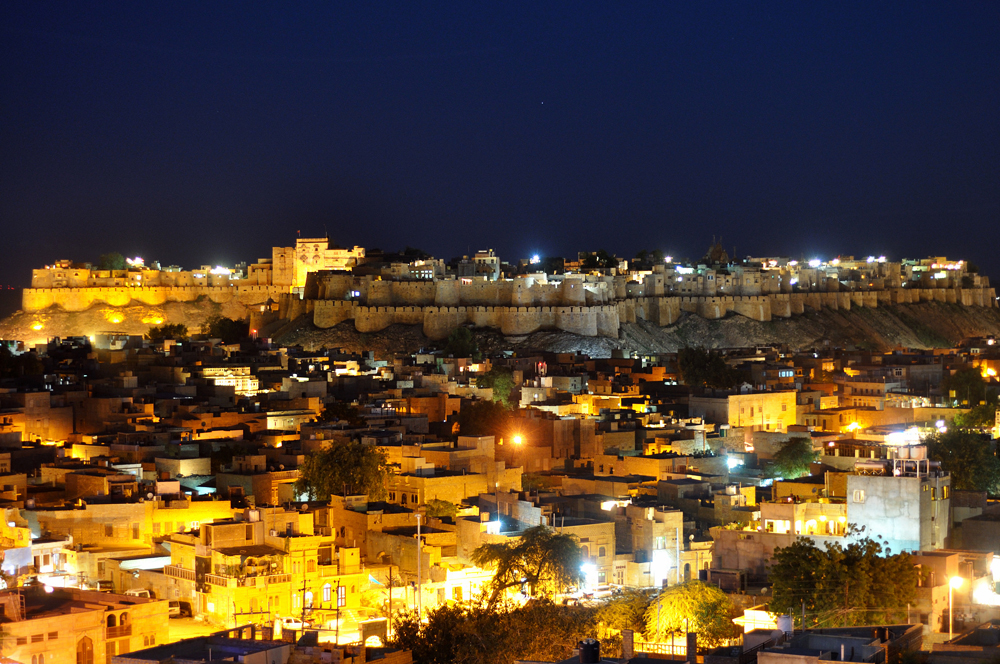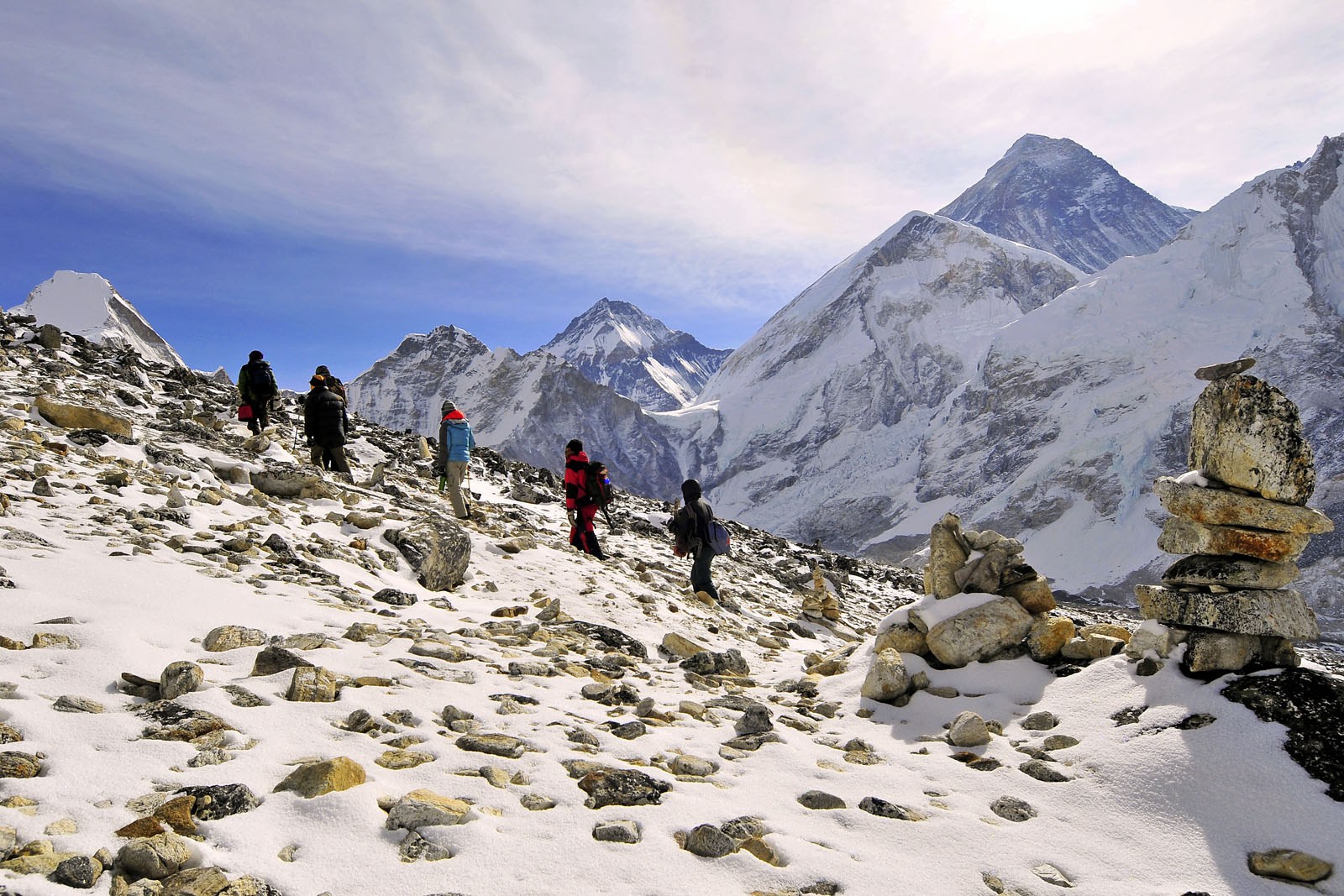The architectural legacy of hill-top forts and exquisite palaces of Rajasthan are its USP narrating their tales to the inquisitive tourists. The land of sands and forts depicts the glorious past of various Rajputs rulers whose name is written in golden letters in the historical books and epical poems.
The biggest state in India is gifted with bounty of natural beauty where vast sands and exquisite buildings speak itself the exemplary courage and patriotism of Rajput kings.
The deep lakes at the lap of Aravali range are as lively as local festivals and fairs. Rajasthan is popular with indigenous and exotic tourists alike for its majestic forts, palaces, deserts, lakes, multiple temples which leave an indelible impression on the mind of travelers.
Rajasthan (formerly known as Rajputana) is immersed in rich traditional heritage and at the same level celebrating modernity. We have chosen top ten forts and palaces of royal state which make it one of the most-sought after tourist destinations.
Amer Fort (Jaipur)

Hardly 10 km from pink city of Jaipur, the fort of red sandstone and marble was built by Meenas. The fort has a typical structure with various well-designed palaces inside.
The view of Maota Lake at the entrance gate is spectacular which is the main source of water in that region is. It was declared as UNESCO World Heritage Site which is a major part of group Hill Forts of Rajasthan.
Mehrangarh Fort (Jodhpur)
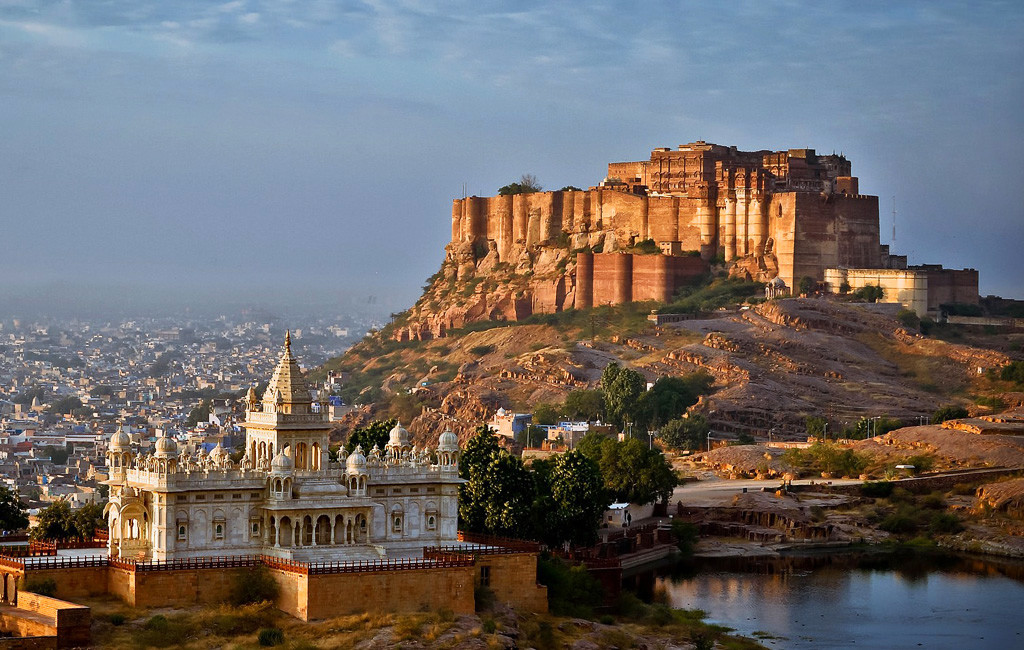
The fort is treasure trove for its historical monuments, and also offers 360-degree view of Jodhpur city from fort’s ramparts. This fort is marked by seven gates where sword of Akbar and Timur is preserved for public display.
It was buily by Rao Jodha in 1460, and is considered one of the largest forts of India. Moti Mahal, Phool Mahal, Sheesha Mahal etc are other attractions within the giant fort. It also houses a collection of royal cradles, royal costumes, miniatures, musical instruments and old furniture.
Jaisalmar Fort (Jaisalmer)

A World Heritage Site facing vast sea of sands of Thar Desert in the heart of Jaisalmer city. Locally known as ‘Sonar Quila’ (Golden Fort), it was built in 1156 AD by Rawal Jaisal, it witnessed many historical battles mainly between Rajput clans and Muslim rulers. Earlier, this fort used to be guarded by cannons from all four entrance gates. Many temples of Jain religion including Laxmikanth temples are hot destinations for devotees and tourists with religious bent of mind.
Chittorgarh Fort (Chittorgarh)

Named after Chittranged Maurya, this fort was once a power centre of Mewar rulers and Rajput Ranas. This fort is saga of glorious past of Rajputs who never surrendered against mighty Muslim rulers and willingly accepted all hardships and sacrifices.
After crossing seven gateways, one can watch grandeur of Chittor fort standing majestically near Gambheri river. The prime gate is Sun Gate with intricate carvings on it. Inside the precints, one can also view many Hindu temples of Ganesha, Kalika Mata and Meerabhai, a saint poetess who devoted all her life in the worshipping of Lord Krishna.
The major attraction is ‘Jauhar festival’ celebrated every year in the honour of Rani Padmini. Her mesmerizing beauty invited Allaudin Khilji to attack the city in pursue of possessing her. To save her honour, she sacrificed her life which ignited many poets and writers imagination to pen down her indomitable courage and supreme sacrifice.
Lohagarh Fort (Bharatpur)
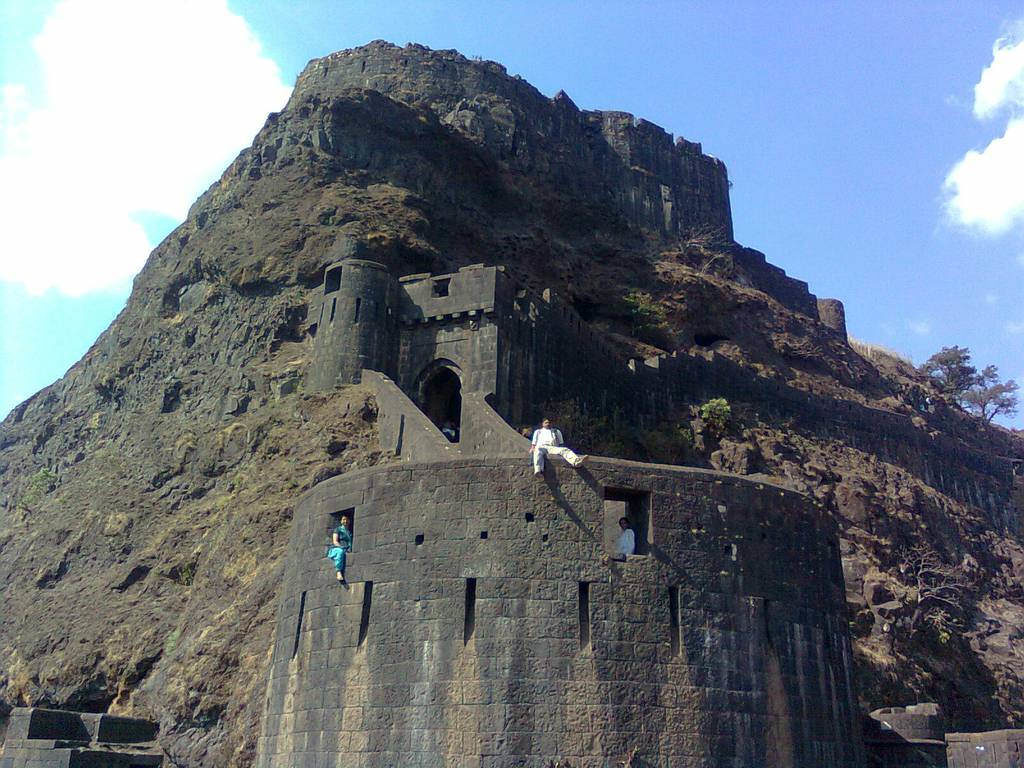
Also known as Iron fort was the dream project of Jat ruler Maharaj Suraj which came into existence in 18th century. The fort is counted as one of the strongest fort of India. It is a symbol of chivalry and courage of the local Jat rulers remained invincible against British Empire.
Kishori Mahal, Mahal Khas and Kothi Khas are monuments that catch the attractions of visitors inside the fort.
Neemrana Fort (Alwar)

The fort on hill was ruled by clans of Prithvi Raj Chauhan till India’s Independence in 1947. Neemrana is a historical town situated at 120 km from national capital Delhi. This 15th century fort is converted into heritage hotel which offers all modern facility like swimming pool, Ayurvedic spa, gardens, resorts and zip-line.
Ranthambore Fort (Sawai Madhopur)
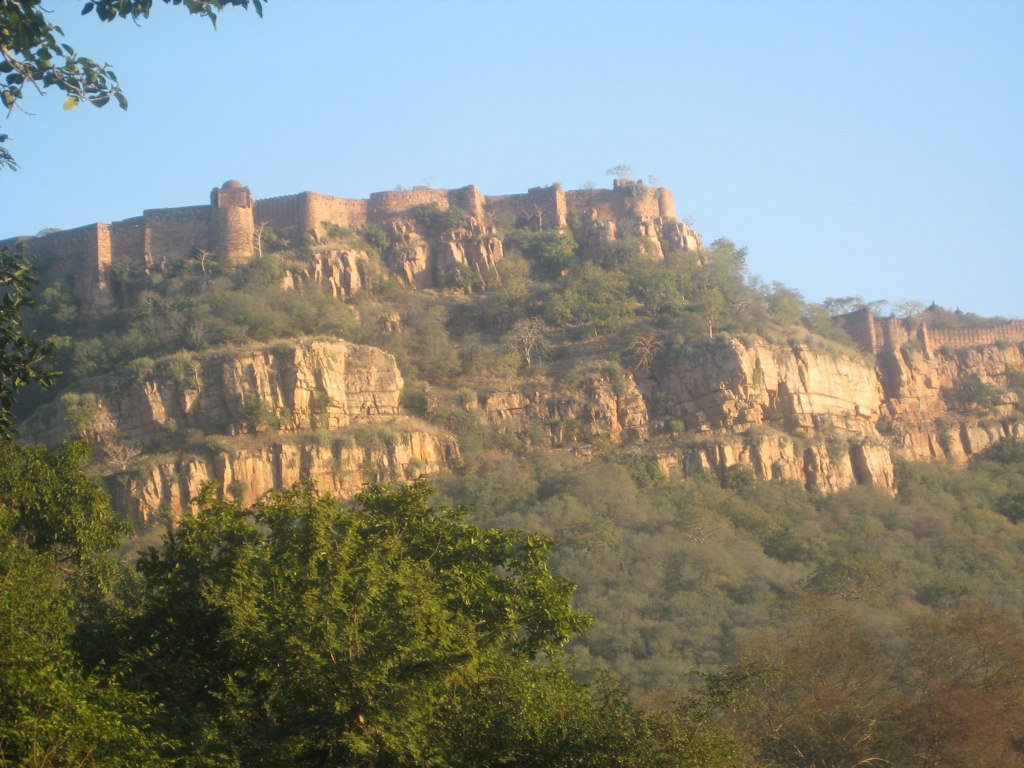
It is nestled between two parallel hills near Ranthambore National Park. Historians have different opinions about the date of its construction, but the most accepted theory is that, its construction was initiated in 944 AD. Sawai Man Singh’s contribution to the development of this nearby locality can’t be ignored mainly a railway link.
Lalgarh Palace (Bikaner)
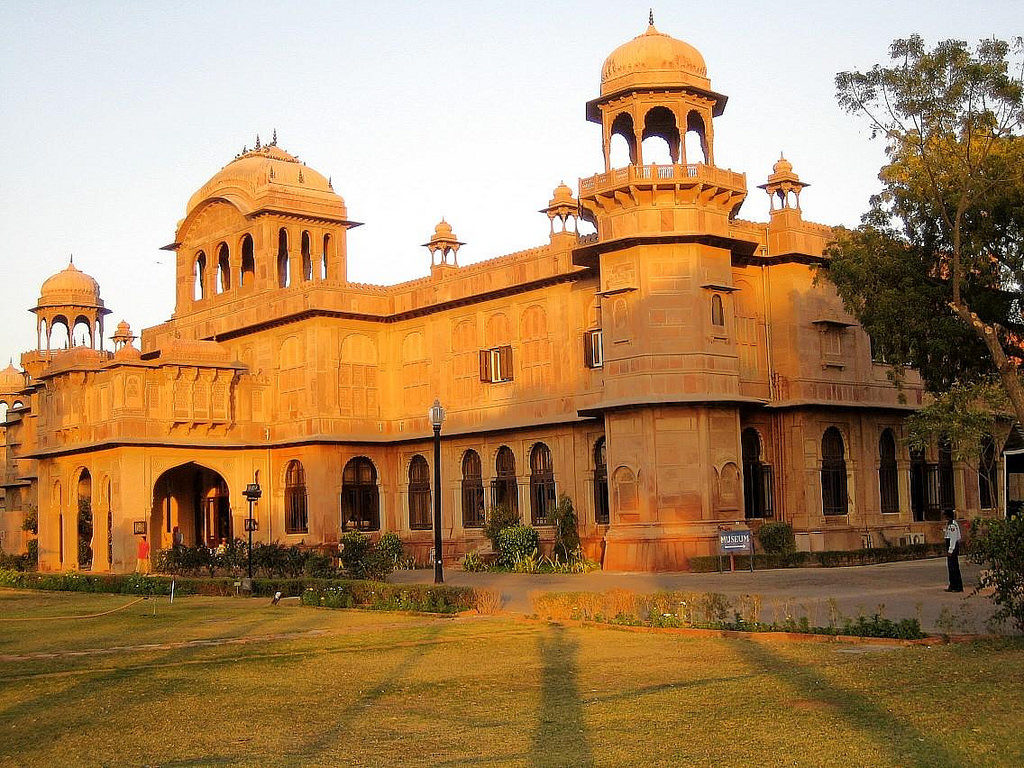
In the memory of his father Maharaja Lall Singh, Sir Ganga Singh, Maharaja of Bikaner’s ordered the construction of this palace in the beginning of last century (1902-26). Presently, this palace is converted into heritage hotel run by Chairperson Princess Rajyashree Kumari, a former national level shooter.
Devi Garh Palace (Village Delawara, Udaipur)
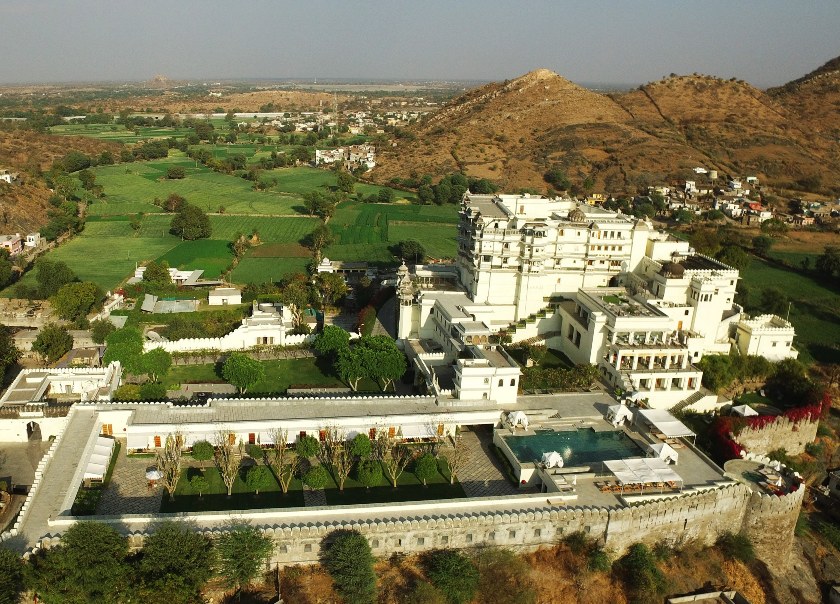
Initially, built by Raghudev Singh II, the final typical Rajasthani structure building came into existence in the 1760s in honour of Maharani of Udaipur. The seven storeyed hilltop fort is situated in the Aravali hills.
The palace got instant international fame, when world renowned English-daily New York Times and Discovery Channel carried a story on this palace.
Rambagh Palace (Jaipur)
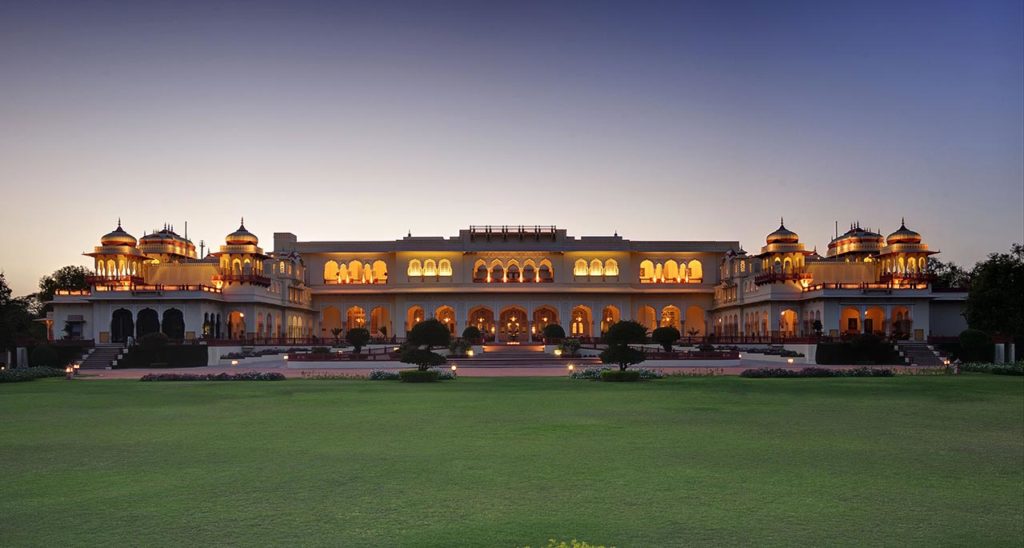
Built in 1835, few years back, it was the permanent residence of Maharaja Sawai Man Singh II and his extremely beautiful wife, Maharani Gayatri Devi. For many years, it was used as royal hunting lodge by Maharaja Sawai Man Singh in 1890s and 1900s. it has now been converted into modern luxurious hotels offering spa and meditation services by experts.
Erco Travels, Tour Operator in India offer a Cultural & Heritage Tour of Rajasthan to explore historical forts & palaces. So plan your next Trip to Rajasthan with us.
You can read more articles on Rajasthan below:
Feel the royal Rajputana Grandeur at Elephant Festival-Rajasthan
